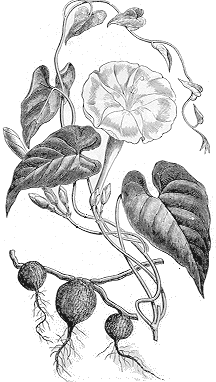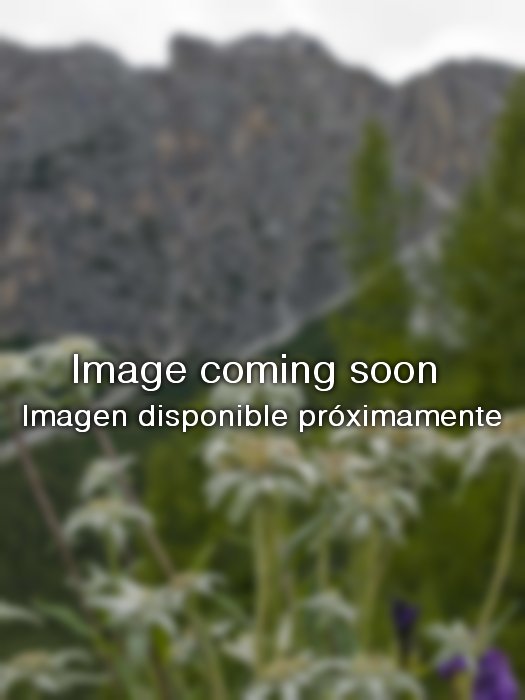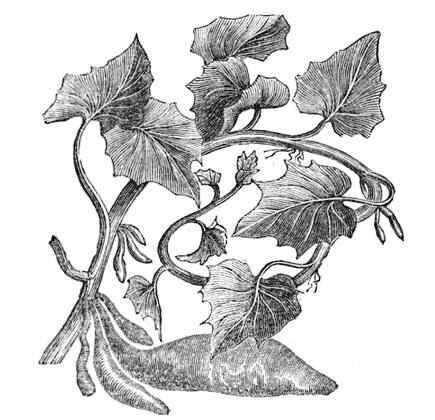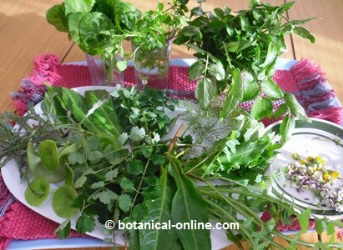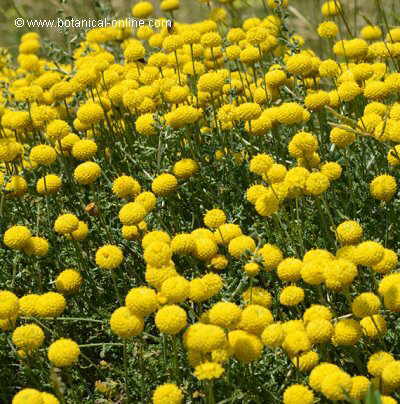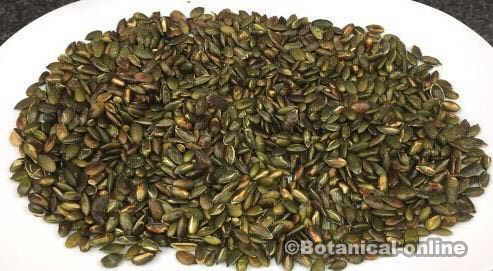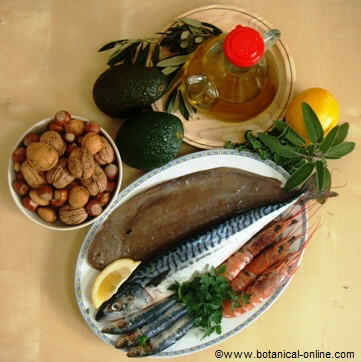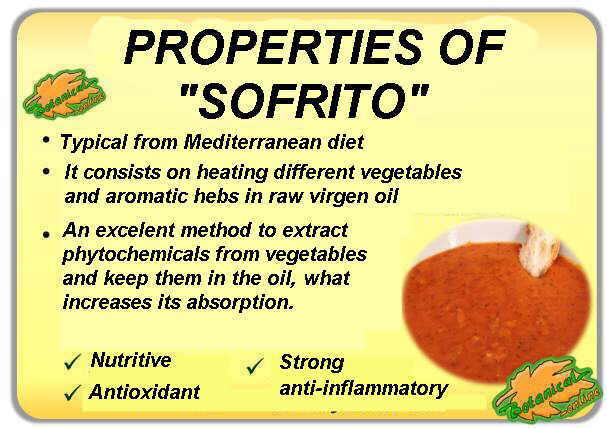Contents
What is a herb?
From a purely botanical point of view, any plant lacking a woody stem is considered a herb. This type of plant cannot live permanently, at least the external part of it.
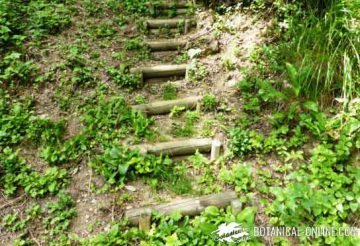
Weed characteristics
They are usually plants with annual cycles, which,in a short time, are capable of developing leaves, flowers, fruits and many seeds. They are actually plants with a great capacity for survival, adaptation and dispersal.
For example, sowthistles (typical “weeds” of the garden) grow in spring and by the end of summer they have already completed their entire cycle, spreading hundreds of seeds that will germinate the following year.
Are there really weeds?
From a botanical point of view, weeds do not exist. The concept weed has to be understood from the point of view of the production or cultivation of plants.
It is a term that is particularly important, although not exclusive, for horticulturists, farmers, gardeners and other professionals interested in achieving maximum economic efficiency.
Definition of weed
Weeds are understood to be those plant species of herbaceous nature that make it difficult or impossible that another expressly cultivated species can grow, develop or reproduce in their best conditions.

What are weeds?
From this point of view, any herbaceous plant can be considered a weed as long as it does not fulfill its
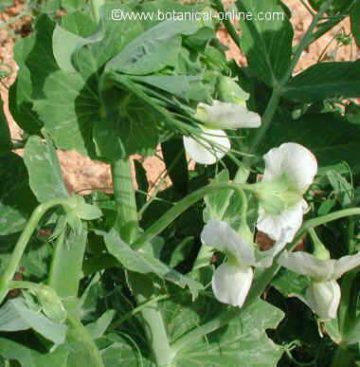
function. For example, peas are a first-class crop when planted for this purpose, but many pea seeds sprout spontaneously when cereals such as wheat are planted in the same field. In this case, a pea plant born between the ears of wheat can be considered a weed.
Many of the medicinal plants, from a horticulturist or gardener’s point of view, can be considered weeds. This is the case of plants, as well known for their therapeutic properties as dandelions, which are a veritable pest in gardens and orchards.
However, the same dandelion can be used as a vegetable and as a flower to decorate flower beds. In these two cases, both horticulturists and gardeners will feel very satisfied to see how this “weed” grows proudly on their plot.
Although most medicinal plants are collected from herbs grown spontaneously in the fields, some, such as dandelions, are also expressly grown as medicinal plants, so, in this case, they cannot be considered weeds either.
We must not forget that vegetables we grow today were once herbs that grew freely in the fields.
Therapeutic weeds
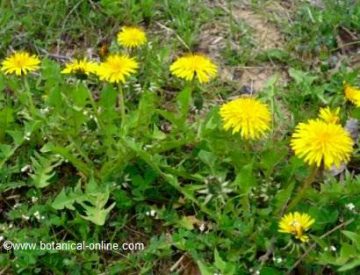
From a therapeutic point of view, there are no weeds, dandelions (Taraxacum officinale) are a real nightmare for gardeners who want a neat lawn. However, as its surname indicates (officinale), they are one of the most appreciated natural remedies, true liver medicines and an irreplaceable allies for people who want to lose weight.
Is poinsettia an invasive herb or …?
Other plants, considered herbs elsewhere, are “garden, indoor or terrace flowers” highly praised in other latitudes. Thus, we have the case of poinsettia, (Euphorbia pulcherrima) also called Christmas star.
This plant is an authentic weed in Mexico, its place of origin, where it grows spontaneously and reproduces vigorously.
… a decorative plant with symbolic values?
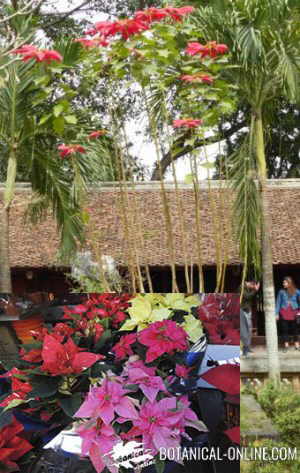
Outside its place of origin, this plant is one of the most appreciated indoor flowers and the Christmas symbol. In the United States, there is even the National Poinsettia Day, which is celebrated on December 12 in commemoration of Joel Roberts Poinsett’s death day, an American ambassador to Mexico who is supposed to have introduced this species in his country. Curiously, this plant belongs to the Euphorbiaceae family, which includes some true “weeds” of the Mediterranean fields.
Weeds and ecology
Nor does it need to be overemphasized that, from an ecological point of view, the term “weed” is totally inappropriate, even offensive, given the importance of all herbaceous plants within a given ecosystem.
Herbs benefits
Their role as carriers of genetic wealth, as generators of oxygen, as the basis of the food chain, etc. it is indisputable.
![]() More information on weeds
More information on weeds

